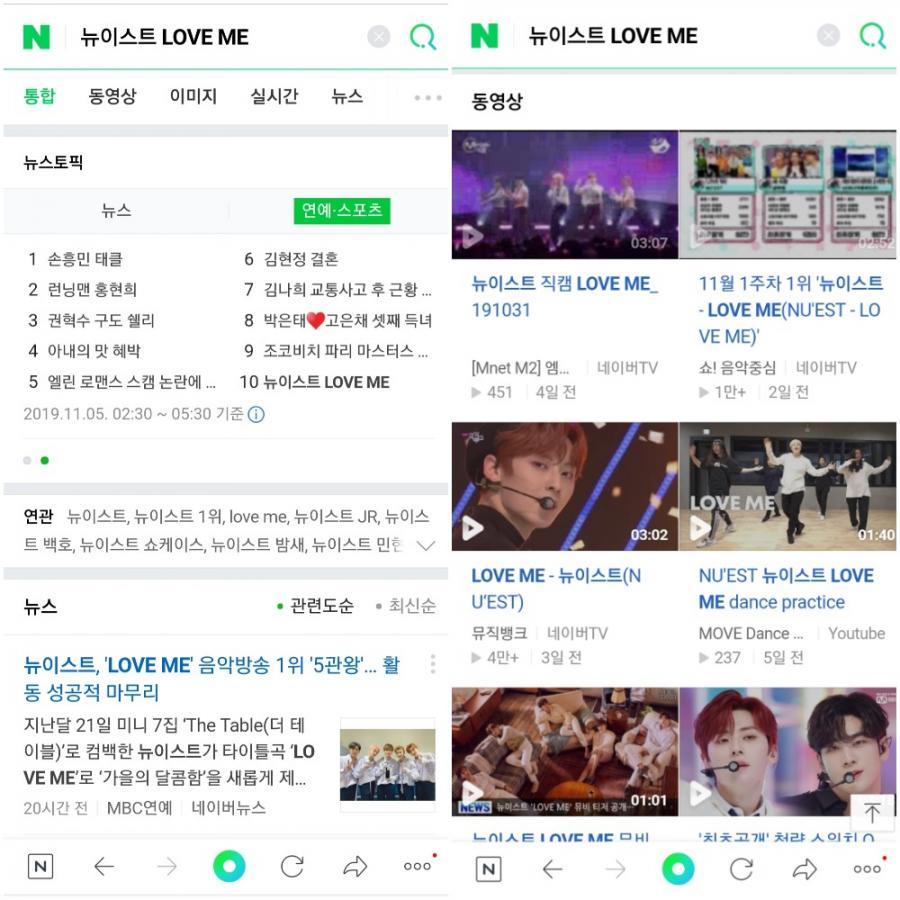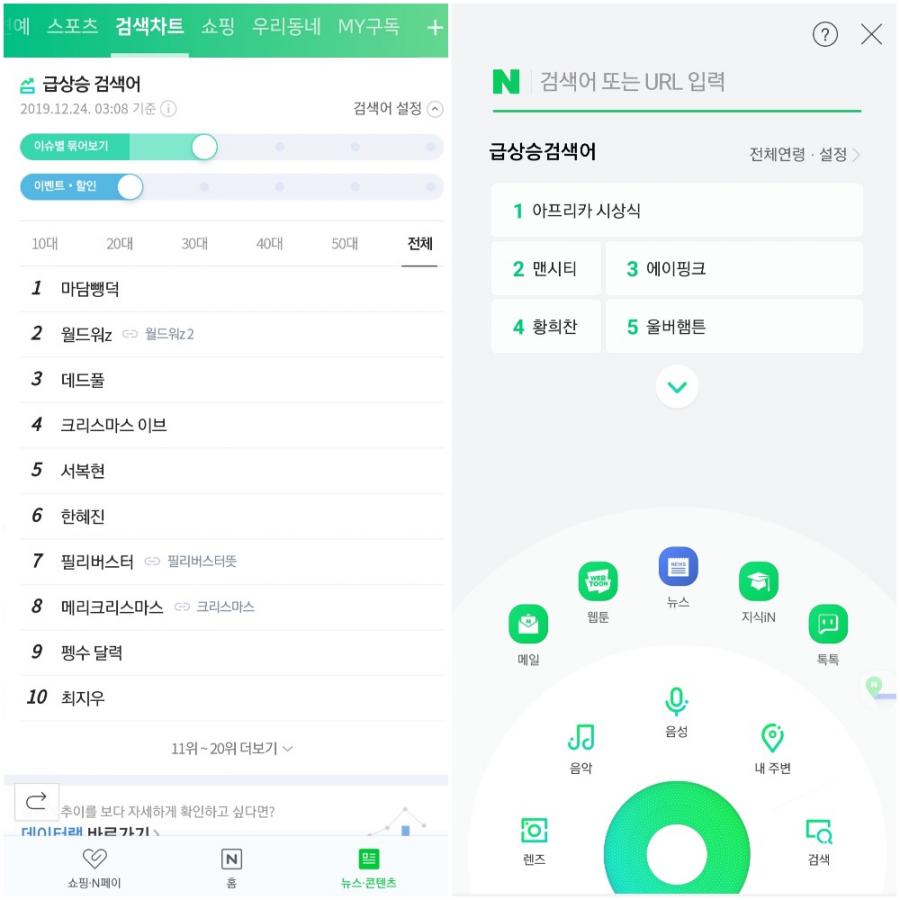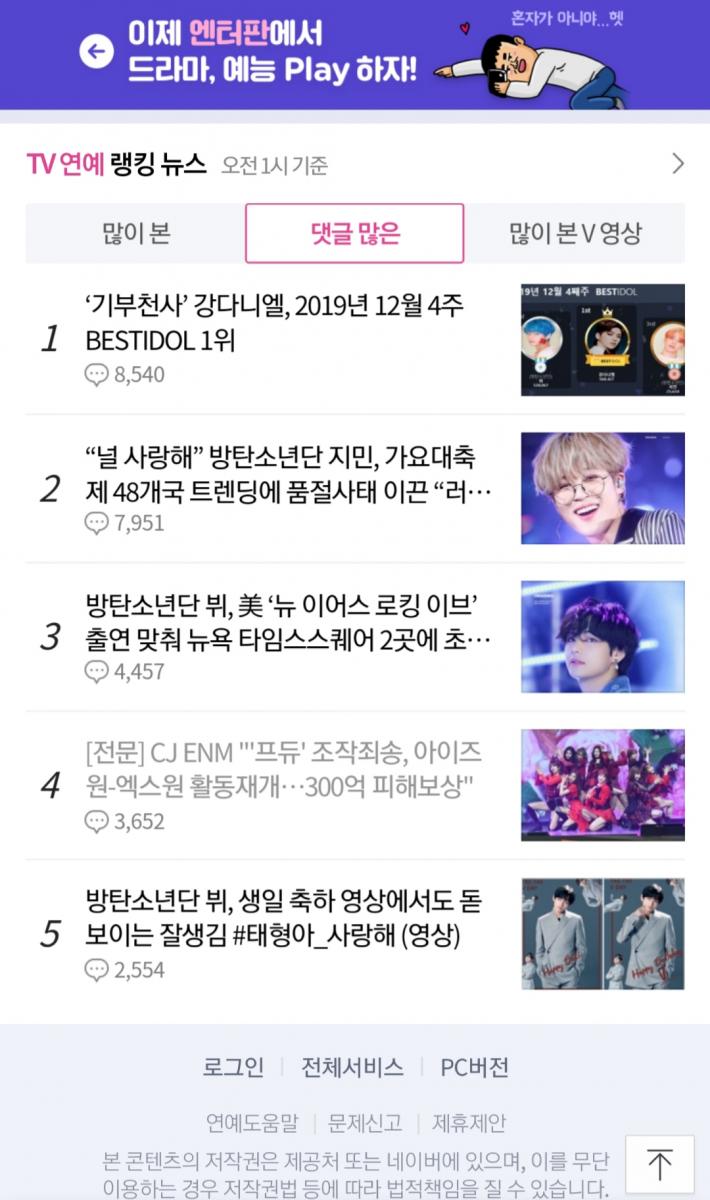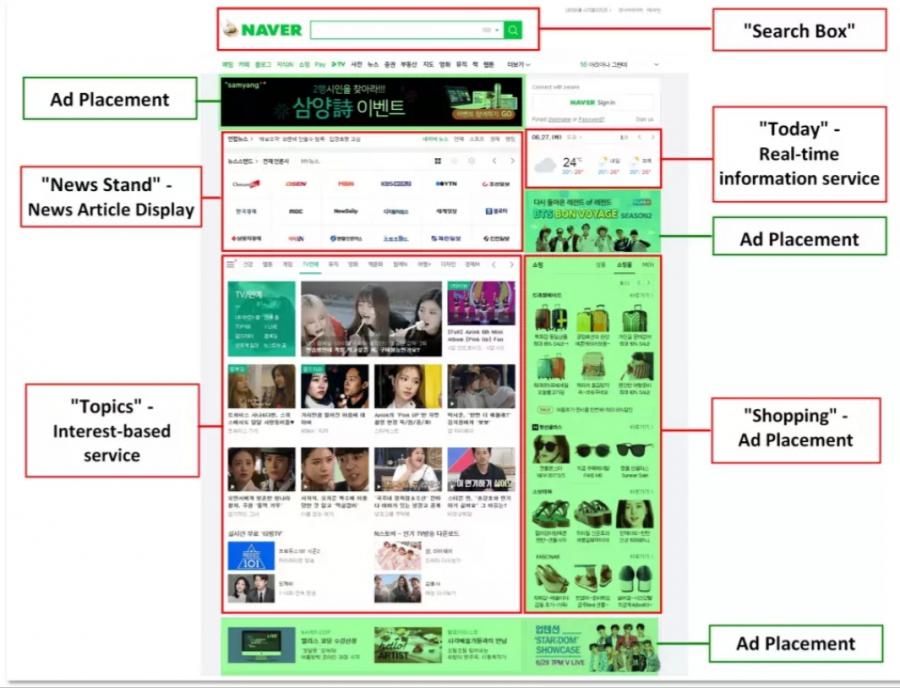
Naver, a South Korean media empire
South Korea has proven to be a formidable force in many different fields, especially its media industry. Its independence when it comes to search engines, where Western-based dominance is a given, marks another successful endeavor in the country. Naver, a South Korean search engine, delivers a whole new aspect of user experience, and in this article, we will explore the ways in which Naver’s algorithm works independently and differently compared to those of other search portals. With K-Pop and K-Beauty reaching all corners of the world, it is a necessity for many Korean citizens to stay updated with the latest trends and styles that allow them to present the perfect image of themselves to the world. In today’s era where user experience is advertised to be a media company’s number one priority, we will also discuss some reasons why Naver users remain loyal to it.
Naver’s background
Naver (네이버 in Hangul) launched in 1999, and it went from being just a web portal to being one with its own search engine. It debuted its combined search results feature in 2000 and quickly became the leading search engine portal in South Korea (Naver, 2018), accommodating the country’s rapid growth in the number of Internet users during the early 2000s.
Growth of Internet users in South Korea from 1999 to 2018.
Not many Internet users are aware that Naver has pioneered many features now widely used on the Internet. One example is the innovation of a "question and answer" feature, where users are able to both ask and answer questions posted on the site called Knowledge iN.
Front page of the Knowledge iN website.
With the increasing user demand for features that resemble their personal tastes, Naver constructed its own empire of features to conform to this demand. This way, users are “caught in Naver’s web”, making them spend more time making use of Naver’s various features that are interconnected with one another. Some of its products are Knowledge iN, Naver Blog, and Naver Webtoon.
One of the most widely used Naver features is the Naver Blog. It serves as a connection between influencers and businesses with their audiences, as users spend 50% of their time reading blogs posted in Naver Blog. These blogs are mainly written in a friendly tone, allowing users to feel a connection between themselves and the blogs' writers. By making a blog and producing the right kind of content, the search rankings of influencers and businesses on Naver search may increase due to Naver’s priorities, where content generated from its sub-products features prominently.

"Plus a trip", a blog on Naver Blog
Not only does Naver focus on search engine optimisation, but it also focuses on a wide variety of entertainment products for its users, such as the Naver Webtoon. This feature allows users to upload and read webtoons, or online cartoon strips. Some webtoons are created by professionals and users are required to pay to access them, but aspiring artists are allowed to upload and promote their webtoons through the “Challenge” feature. Naver Webtoon serves as a medium for people with specific interests - in this case, cartoons or art - to form a community, showing that Naver does not only support mainstream trends and interests.

A page of a Naver webtoon comic called "여신강림" (True Beauty).
Frictionless sharing (van Dijck, 2013) is the ease in sharing content from one platform to another, causing our data to be visible to a series of platforms. But instead of the sharing of content to other platforms owned by other companies, Naver has constructed all of its platforms in a way that enables users to share content with ease between Naver’s sub-products. The many options Naver products offer and the ease in connecting one feature with another acts as an appeal to users, causing them to use more than one of Naver’s products and be extremely loyal to them.
How surfing the web with Naver is different
Rather than focusing on how Naver’s algorithm "works", observing how it "plays" with its collection of data may be a more suitable way of describing how the portal works. The design of webpages serves as an important aspect of it, where minimalism is a current trend that is thought to be more appealing and beneficial to users (Lath, 2019). In contrast to other search engines' choice of few colours and simplistic page designs, Naver’s pages are decorated with many different sections of media content full of colour and different sizes. This flash appearance attracts approximately 30 million visitors daily (Naver, 2018), and these users do much more than just searching for answers.
Rather than focusing on how Naver’s algorithm "works", observing how it "plays" with its collection of data may be a more suitable way of describing how the portal works.
Instead of having a list of websites, Naver’s results page not only includes its top websites but also a wide range of content such as videos, pages from Naver blogs, images, news, locations, questions, online shops, and more.

Search results of the keywords "뉴이스트 Love Me" (Nu'est Love Me)
Different parts of Naver's homepage.
Users of Naver receive a variety of content without having to be specific on what they are searching for (i.e., typing or selecting "pictures" or "news" is not necessary). This generates ease of access for users, who have many options to choose from according to their preferences.
Different algorithms shaping Naver
According to van Dijck, a platform is a mediator rather than an intermediary: “it shapes the performance of social acts instead of merely facilitating them” (van Dijck, 2013) and indirectly influences our online experience. One aspect that plays a role in the formation of a specific user experience is algorithms. Algorithms are described to be a “finite list of well-defined instructions for calculating a function, a step-by-step directive for processing or automatic reasoning that orders the machine to produce a certain output from given input” (van Dijck, 2013).
There are two different algorithmic systems utilised by Naver: the C-rank algorithm and the P-rank algorithm (Taylor, 2019).
- C-rank algorithm: Also known as the Creator Rank algorithm, this algorithm focuses on the user-generated content produced in Naver’s other products, such as the Naver Blog and the Naver Café. With the help of the C-rank algorithm, Naver aims to prioritise content produced in its sub-products, along with its reliability and popularity in comparison to webpage-produced content.
- P-rank algorithm: This algorithm uses artificial intelligence data processing in order to curate a series of ranking systems that highlights the most popular search entries in real time, causing Naver's search results to highlight their "nowness" more than other search engines do.
These two types of algorithm work together to form Naver’s approach to the attention economy, where the more attention a piece of information is given, the more relevant it becomes. One of Naver’s many peculiarities is its ranking system, a list with the top 20 most searched keywords displayed on many of its pages. The popularity principle thus also plays an important role in Naver’s algorithm, where more algorithmic visibility is given to accounts and posts with higher engagement in the form of followers, likes, shares, etc. (van Dijck, 2013).
How to rank high in Naver’s search ranking list
Much of the recognition coming from users originates in Naver’s search ranking list, where the most searched keywords in that particular moment are displayed on either a fixed or a rolling list (as rankings change in real time). In most cases, being on the site’s ranking list is an advantageous boost for the people or things involved.

Naver's rolling search ranking list.

Example of Naver's fixed list.
Due to the popularity principle (van Dijck, 2013), individual accounts and blogs receive more priority when they are being engaged with, through activities such as commenting, liking, and searching with related keywords in the search engine. This means that similarly to how most social media platforms work nowadays, Naver also pays attention to a user’s visible metrics.
Visible metrics are numbers visible to users that determine how “successful” a post is. The higher the number of likes or views in a post, the more the content is considered successful and of a higher status. This relates to van Dijck’s statement that “all platforms treat some users as more equal than others owing to the hierarchical system inscribed in their interface designs” (van Dijck, 2013). By having more engagement, users will receive an increased amount of algorithmic visibility and in turn more visibility on the platform.
As it may seem like Naver emphasises what is "trending" among users, Twinword advises Naver users to “generate high-quality content on Naver’s platforms such as Naver blog and Naver cafe, which you then optimize for Naver’s search algorithms” (Jamaloodin, 2019). With “continuous and relevant content that is helpful to users” (Jamaloodin, 2019), high engagement reflected in visible metrics will follow, making it easier to rank higher on Naver’s search ranking list.
With many of its features being a phenomenon in many South Asian countries, Naver has succeeded in attracting more users and keeping them loyal to its products.
Not every topic that appears on Naver’s search ranking brings positivity. Because the content of the search list is brought together algorithmically, there is always a possibility of the data being altered and manipulated by the algorithm itself (Miller, 2011). Manipulation may occur in the form of placing a keyword on the ranking list or removing a keyword from the list.
For instance, Naver was once found by the Korea Internet Self-Governance Organization (KISGO) to have deleted around 15,584 keywords concerning a corruption scandal between October and November of 2016 (Seoulbeats, 2019). They justified this action as a protection of privacy.
Naver’s privacy policy
Due to the social demand for constant sharing, so-called frictionless sharing is made simpler, but instead of sharing to other social media platforms, most of Naver's users share content from one Naver-owned platform to another platform also run by Naver. According to van Dijck, “all companies have a common interest in making the online ecosystem uniformly accessible and shareable” (van Dijck, 2013), but this occurs less within Naver, simply because most Naver users choose to use other Naver products alongside each other. This does not mean that all of the data from users remain within Naver, but the amount of data being given to and exploited by other parties may be limited compared to other platforms.
Naver aims to earn trust from its users by presenting itself as transparent towards them. They describe themselves as “the first among domestic Internet companies to provide our transparency reports to the public” (Naver, 2018), and as proof of reliability they present ”reputable information protection certifications”.
Naver's privay policy in its 2018 Annual Report.
Naver: South Korea’s media empire
Naver has spread beyond the borders of South Korea. With many of its features being a phenomenon in many South Asian countries, Naver has succeeded in attracting more users and keeping them loyal to its products.
Still, although some of Naver’s features are distinguishable from those of other platforms, most of its functions are familiar. With priority placed on visible metrics, the popularity principle, frictionless sharing, and data usage, these features play a considerable role in making users loyal to platforms, making it a necessity for them to spend time on them.
References
Jamaloodin, F. (2019). How To Do Naver SEO: A Complete Guide
Krush, A. (2016). Google Vs. Naver: Why Can’t Google Dominate Seach in Korea?
Lath, A. (2019). Essence of Minimalist Website Designs
Miller, V. (2011). Understanding Digital Culture. London: Sage.
Naver Annual Report, (2018).
Park, Y. (2018). Naver SEO 2018- The Ultimate Marketer's Guide
Seoulbeats, (2019). Naver’s News Manipulation: Compromising K-pop’s International Fanbase?
Taylor, D. (2019). Naver SEO: Best Practices for South Korea
van Dijck, J. (2013). The Culture of Connectivity. A Critical History of Social Media. Oxford: Oxford University Press.
